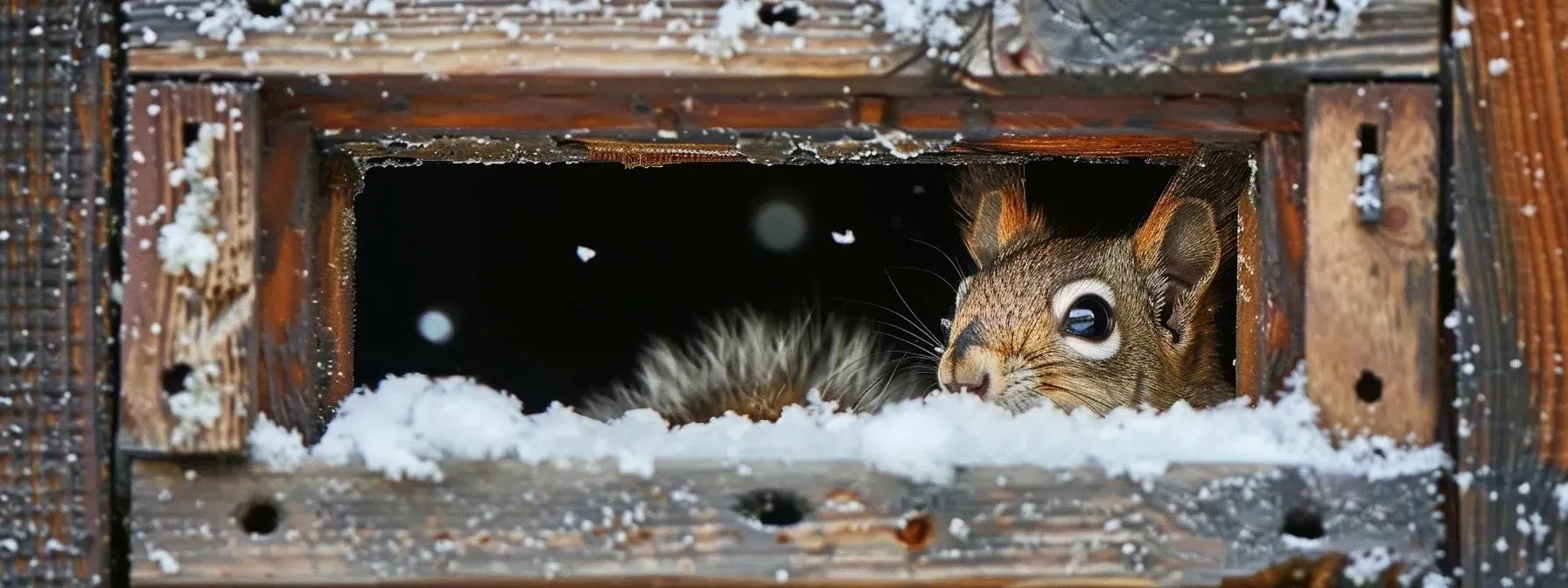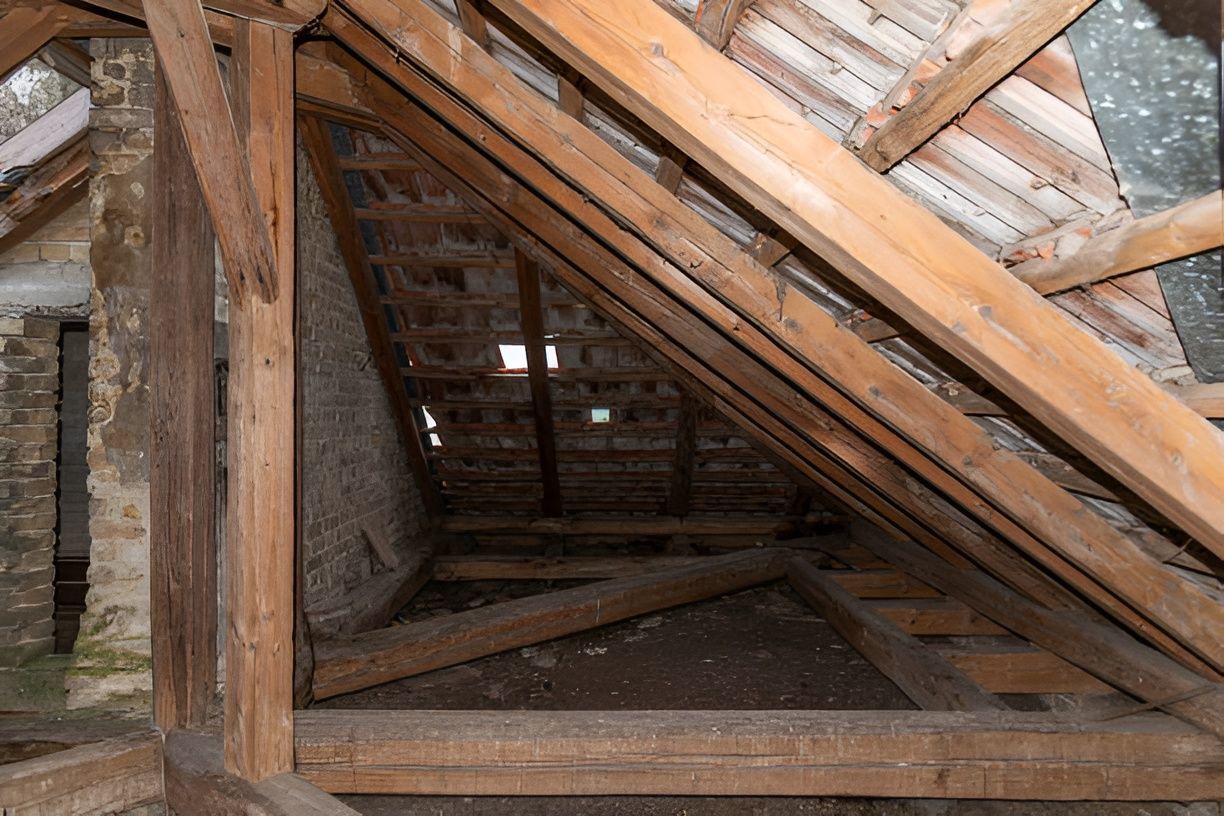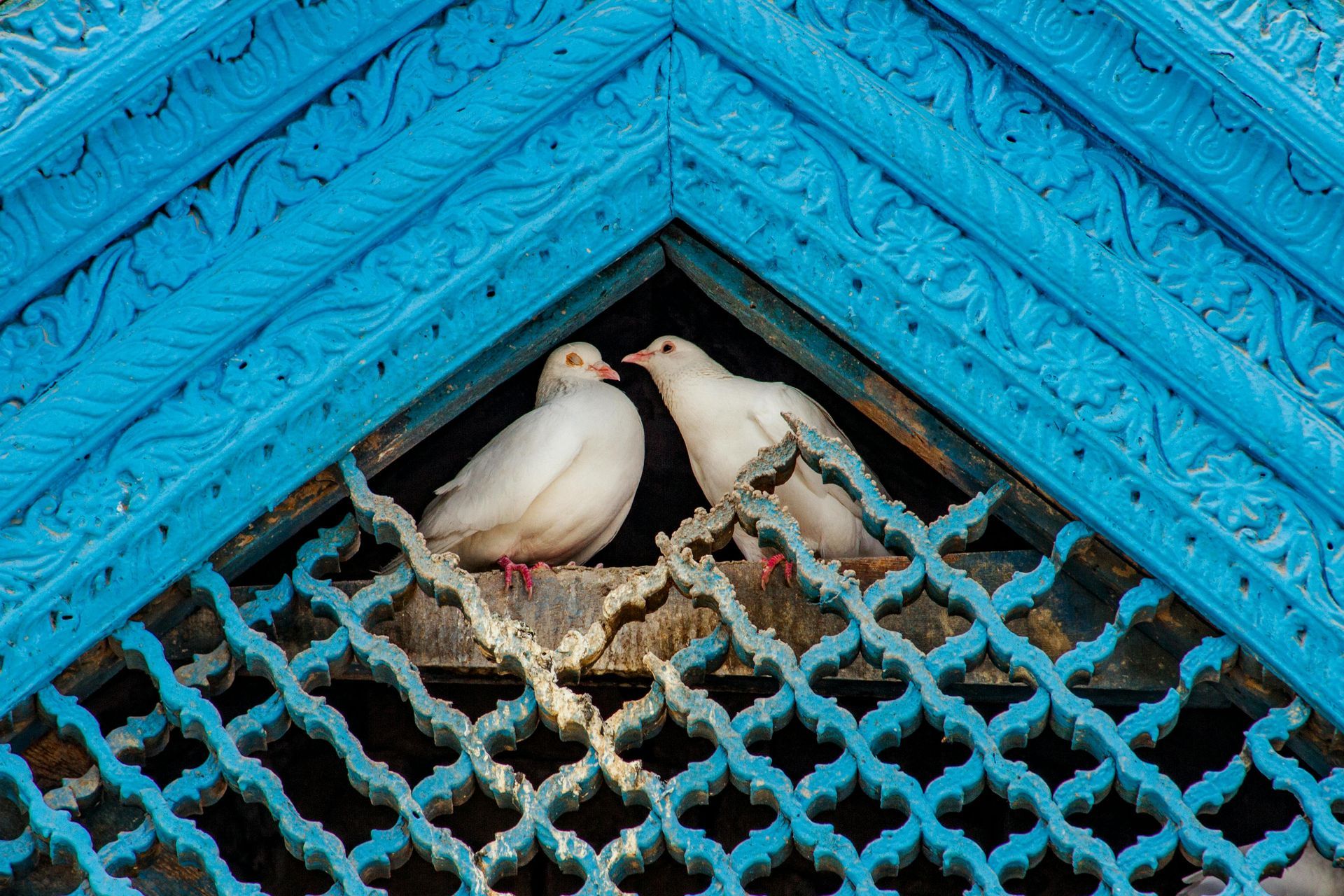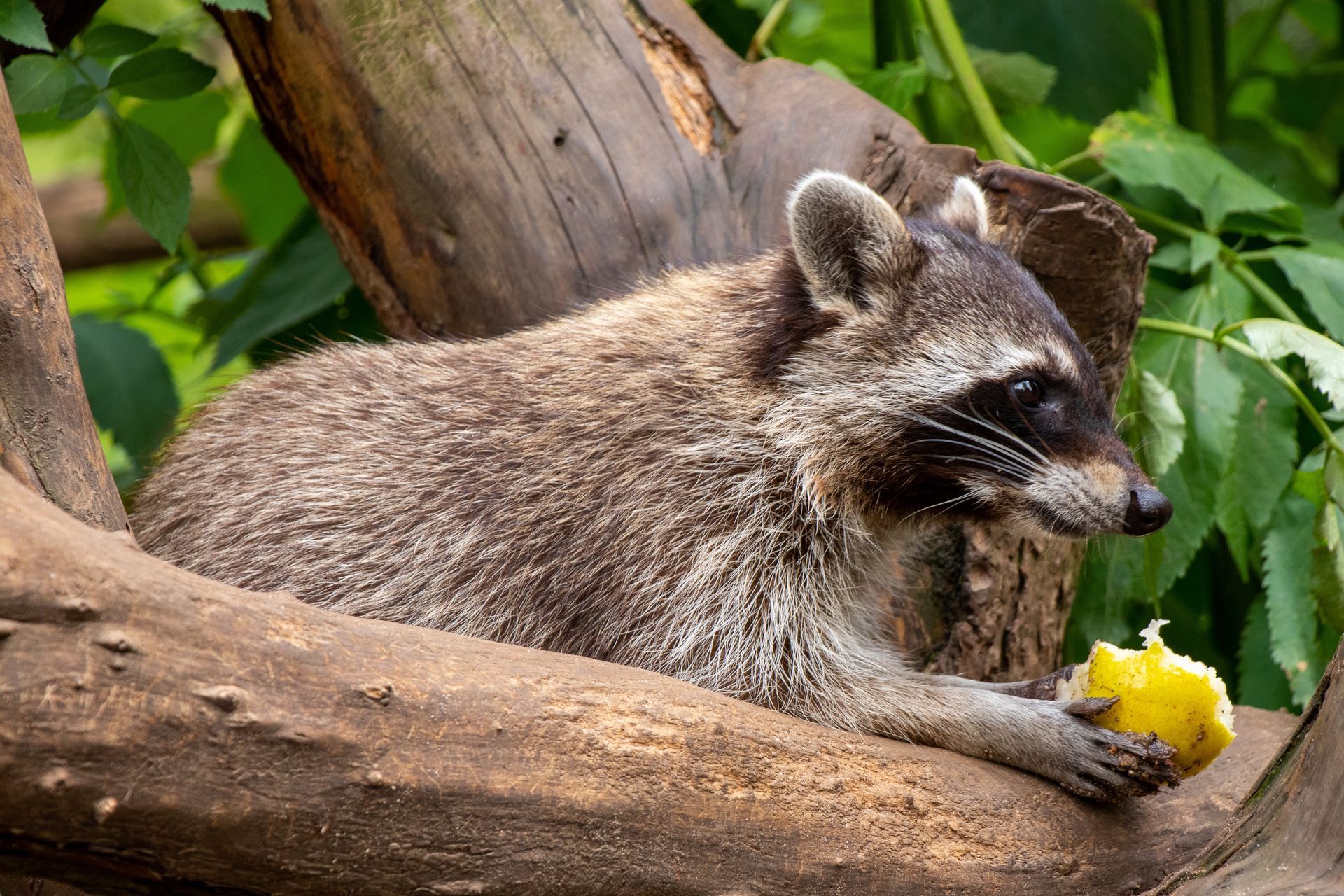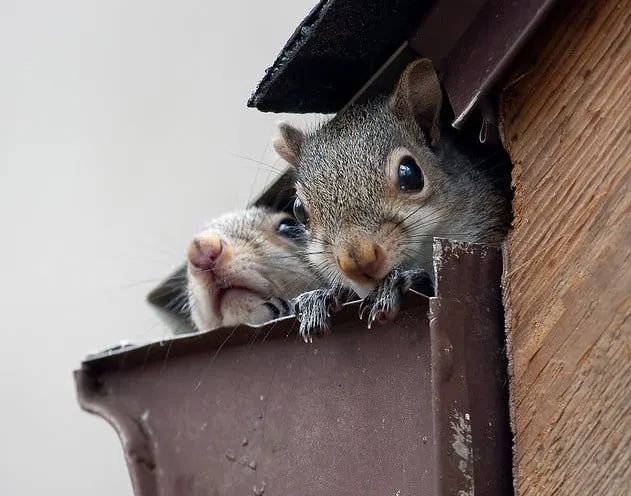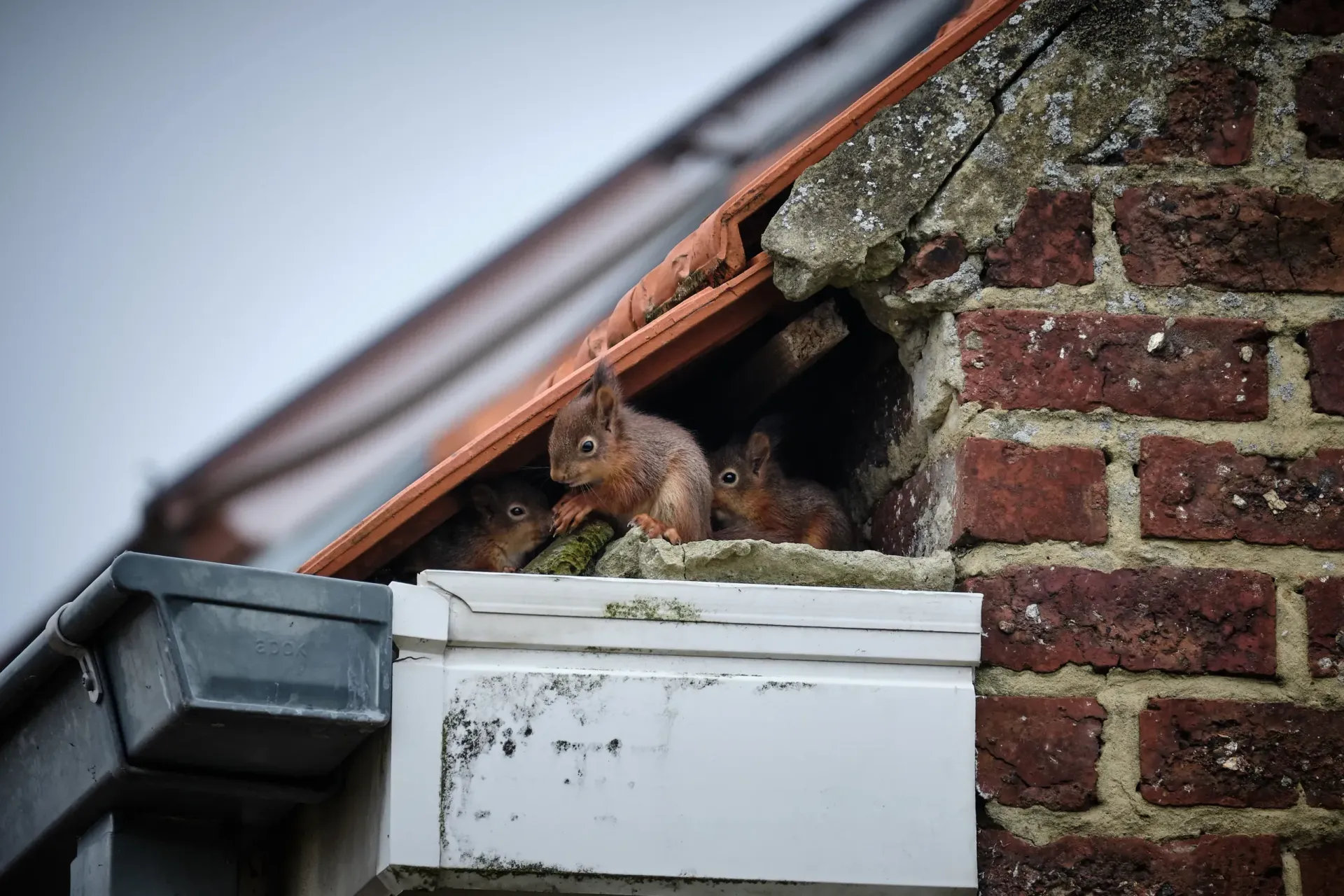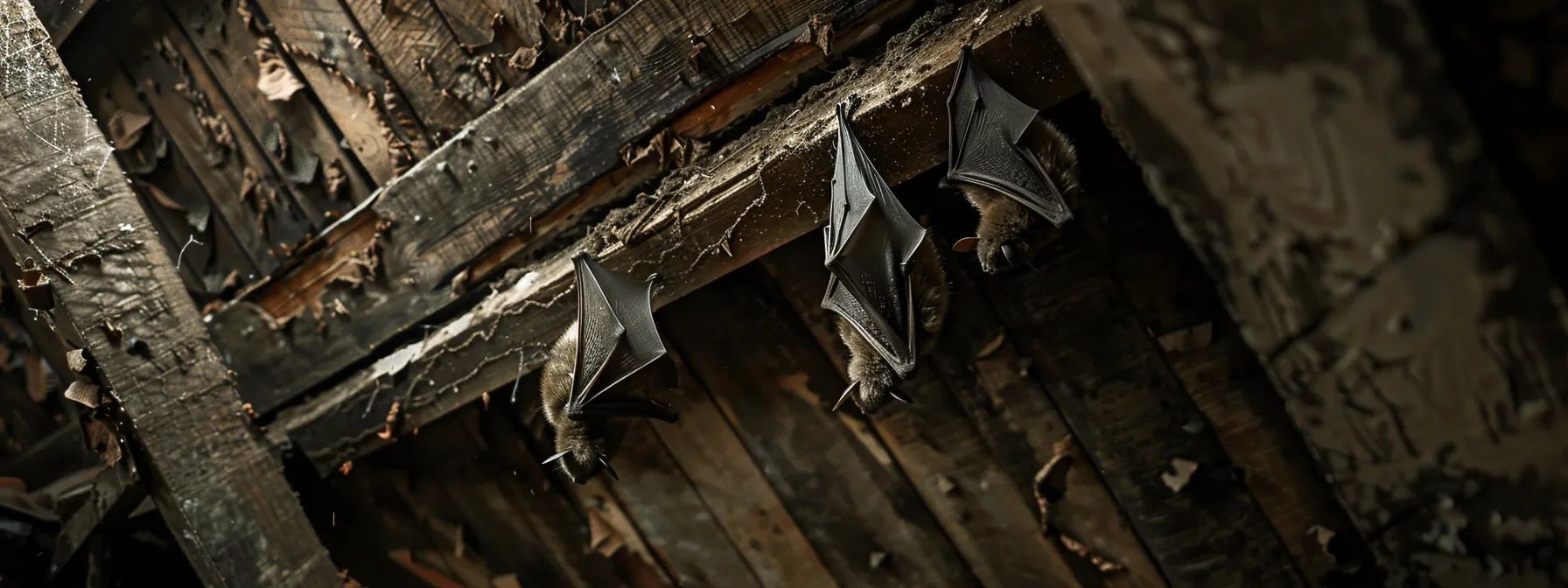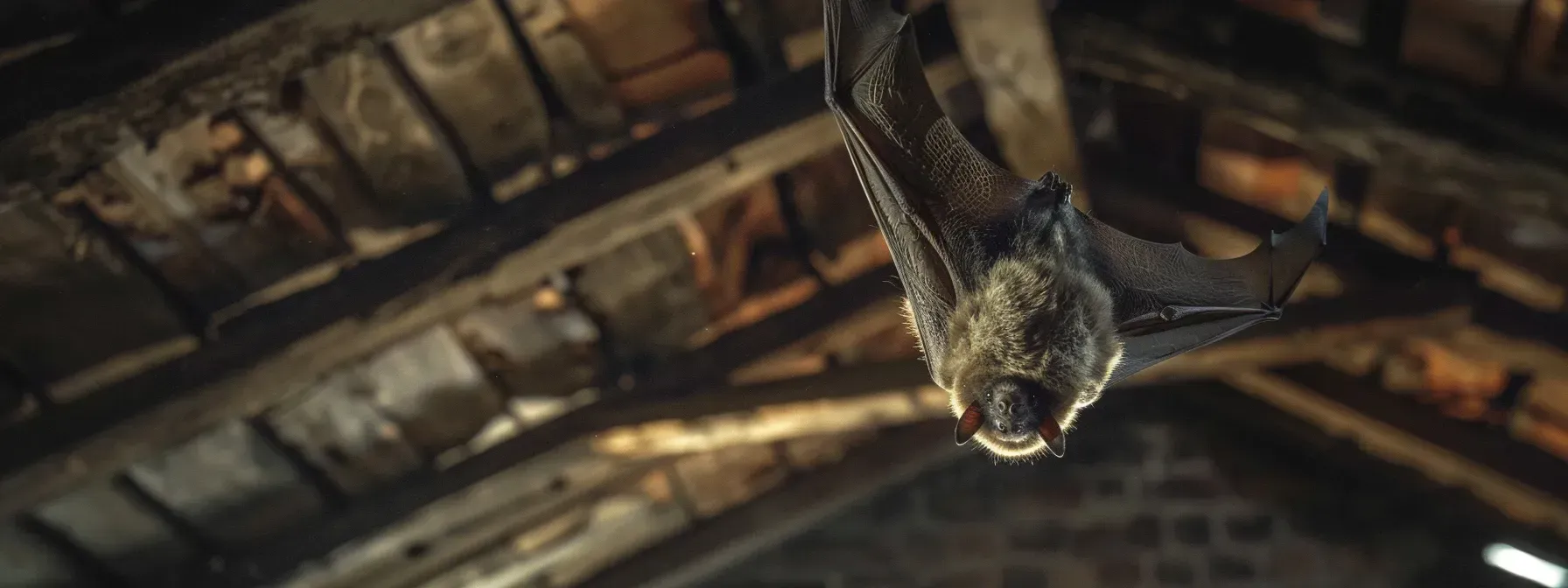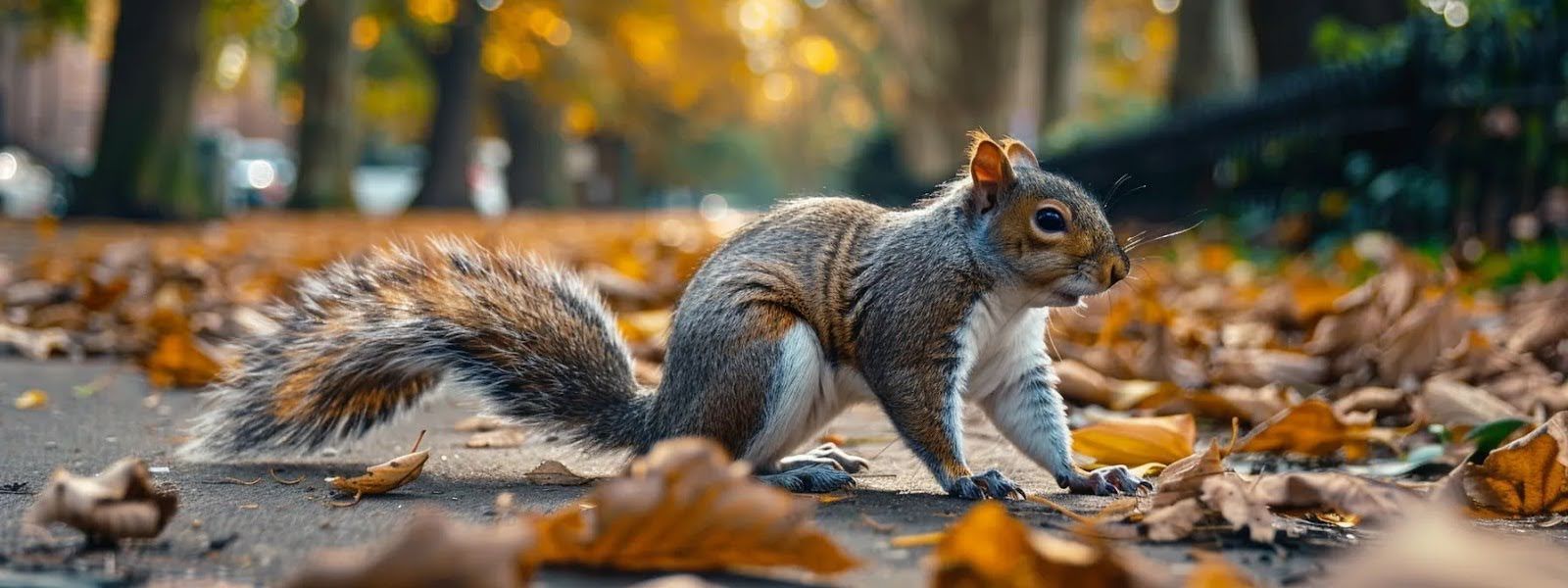Why Birds in the Attic Are More Dangerous Than You Think (And How to Remove Them Safely)
Birds in your attic aren’t just annoying. They can be dangerous.
That may surprise you. Birds look harmless. Most folks think of them as peaceful background noise, not a real threat to their home. But when birds sneak into your attic, the story changes fast.
This post will show you why birds in your attic are a serious problem and how to handle animal in attic removal the right way, without putting yourself, your family, or the birds at risk.
How Do Birds Get into the Attic in the First Place?
Before we talk about why birds are dangerous, let’s figure out how they get inside. Birds are small and light. They’re looking for shelter, especially when the weather gets rough or when they want a quiet spot to build a nest.
Here’s where they usually sneak in:
- Broken or missing attic vents
- Gaps in soffits or eaves
- Loose siding or shingles
- Chimneys without proper covers
- Roofline gaps where different angles meet
If a bird can find a hole the size of a tennis ball, it can get inside.
What Happens When Birds Nest in Your Attic?
Once birds move in, they start nesting fast. And it doesn’t take long before the damage begins.
Birds in your attic can lead to:
- Fire hazards from nesting materials placed near electrical wiring
- Health risks from droppings that carry bacteria and airborne spores
- Insect infestations like mites, ticks, and fleas that live on birds
- Damaged insulation from scratching and nesting
- Foul smells and stains from waste buildup
One bird might not seem like a big deal. But a full nest? That can turn your attic into a health hazard.
If left alone, these issues can spread. Mold can grow in the insulation. Bugs can enter your living space. And the smell? It lingers.
Why DIY Bird Removal Doesn’t Work (And What to Do Instead)
It’s tempting to grab gloves and try to handle it yourself. But DIY bird removal usually makes things worse.
Here’s why:
- Birds protect their nests. You could get scratched or bitten.
- Bird droppings are dangerous to inhale. They can carry Histoplasmosis, a serious lung infection.
- Some birds, like pigeons and chimney swifts, are protected under state or federal law.
- You might seal off the attic and trap baby birds inside. That’s not just cruel. It makes the smell and mess worse.
The safest way to deal with this is to call a licensed wildlife removal expert who knows how to do
animal in attic removal in Cumming the right way: humanely, legally, and permanently.
The Right Way to Remove Birds from the Attic
Here’s how professionals handle the job, step by step:
1. Inspect the Attic
A full walk-through identifies entry points, nests, droppings, and hazards.
2. Use Safe Exclusion Techniques
Instead of traps, pros use one-way doors or screens. Birds can leave, but they can’t come back in.
3. Wait for the Nest to Clear
Some birds nest seasonally. If there are babies inside, removal is delayed until they’re able to fly.
4. Seal the Entry Points
Once the birds are gone, every crack, hole, and gap is sealed tight.
5. Clean Up the Mess
This is critical. Droppings and nesting debris must be cleared with special gear. Air scrubbers may be used to remove harmful spores.
6. Repair the Damage
This might include insulation replacement, vent repairs, or disinfection of surfaces.
Why Birds Pose More Health Risks Than You Might Expect
We usually worry about raccoons or bats. But birds carry real danger too.
Bird droppings can host more than 60 different diseases, according to Medical News Today.
The most common ones include:
- Histoplasmosis (fungal lung disease from guano)
- Salmonella (from contaminated surfaces)
- Cryptococcus (fungus from pigeon droppings)
- E. coli (from dirty feathers or beaks)
When those droppings dry, they flake into dust. That dust spreads through your air ducts and into your home.
The attic might be out of sight, but it can still affect every breath you take.
What to Do If You Hear Scratching or Flapping Above You
If you suspect birds have moved in, act quickly. Waiting only gives them more time to build, lay eggs, and bring in mites.
Here’s what you can do right now:
- Walk outside your home and look for any gaps near the roofline
- Listen at night and early morning for fluttering or chirping sounds
- Don’t open your attic and start poking around
Instead, contact a local wildlife control company that specializes in animal in attic removal.
Prevent Birds from Returning with These Simple Fixes
Once the attic is clean, your job isn’t done. You want to make sure birds don’t come back.
Here are some ways to keep your attic bird-free:
- Install bird-proof vent covers
- Keep gutters clean and repaired
- Trim back tree branches that hang near your roof
- Check your attic every few months, especially in spring
A small hole can turn into a big problem. It only takes one season for birds to nest, multiply, and cause damage.
Want to Know What Kind of Critter You’re Dealing With?
Sometimes you’re not even sure what’s up there.
You can read our post about
how to tell what animal is in your attic based on the sounds, droppings, and behavior. It’s a great first step before calling for help.
Conclusion
Birds don’t mean to cause problems. They’re just looking for a home.
But your attic isn’t the place for them. And once they settle in, the health risks and property damage aren’t worth ignoring.
If you hear noises above you, don’t wait. Our team at Catch A Critter in Cumming, Georgia specializes in wildlife removal that is safe, legal, and fast.
